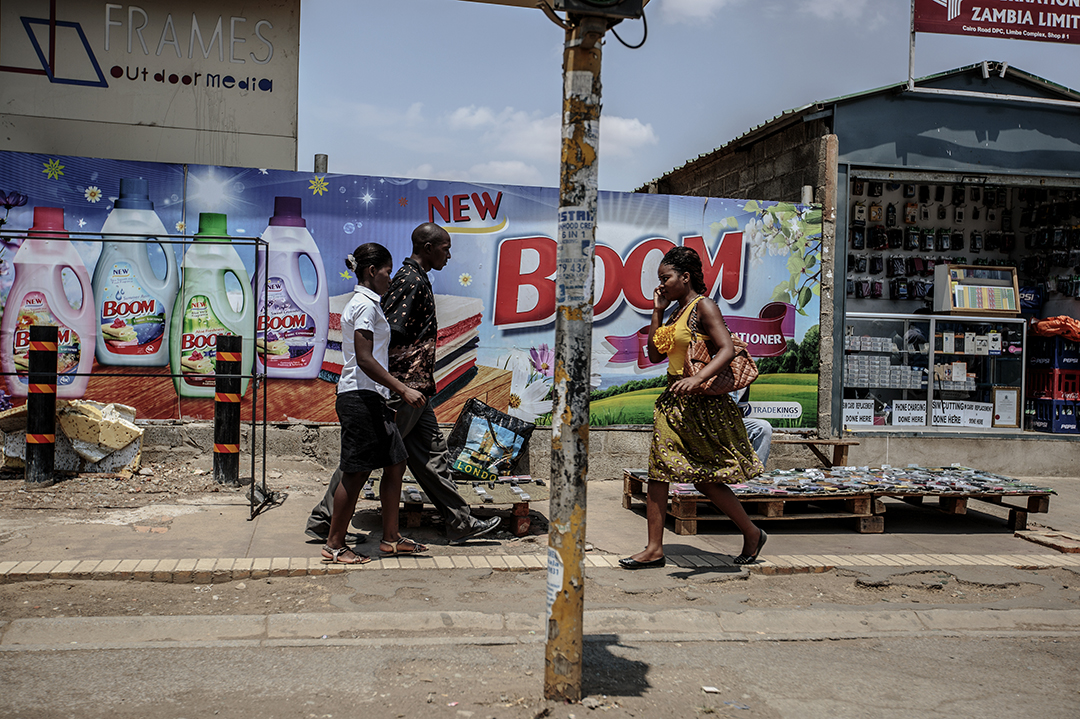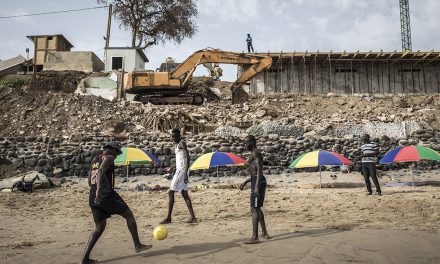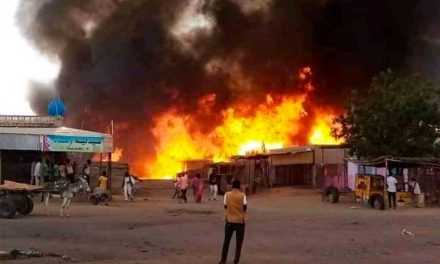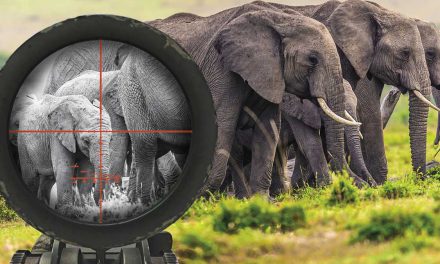At the end of June 2023, the International Monetary Fund (IMF) announced Zambia reached a deal with its Official Creditors Committee (OCC) under the G20 Common Framework for debt relief. Under the deal, Zambia will receive debt relief of $7.7 billion by 2026, in addition to receiving the next payment of the External Credit Facility (ECF) challenges remain. While this deal should be celebrated amidst its promise to restore Zambia to macroeconomic stability, the process also exposes the difficulties of providing timely debt relief within the current global debt context.

A street in central Lusaka Business District. PHOTO: GIANLUIGI GUERCIA/AFP
Since 2020, developing countries have faced increasing debt defaults and risks, rising interest rates and rising public debt. This has raised concerns about a global debt explosion worsening global poverty. Egypt, Ethiopia, Ghana, Pakistan, Sri Lanka and Zambia have all defaulted or are near default. Providing timely debt relief under the existing programs remains a challenge.
In a recent Policy Briefing on Zambia’s debt relief, I discussed challenges posed by austerity conditions, examined the potential impact of debt relief on the country, and provided recommendations to link debt relief with long-term macroeconomic stability.
This article builds on that analysis by assessing challenges faced by African countries in their pursuit of debt relief, and the importance of debt relief for African and developing countries considering climate change issues.
A deal for Zambia, at long last
Zambia has been pursuing a debt relief deal after the country defaulted on its debt obligations in November 2020. Following the election of President Hakainde Hichilema in August 2021, Zambia and the IMF began the process with a staff-level agreement on an EFC to restore macroeconomic stability in December 2021. Additionally, Zambia has collaborated with the IMF in developing policies and processes to enhance transparency and accountability of public resource management as part of the ECF program.
However, the process towards debt relief has been slow, leading to a reminder by President Hichilema that “you cannot eat democracy”. Without anything to show for the reforms made in the form of improvement in the life of citizens, there is a risk of rejecting the process of debt relief and, subsequently country’s democratic process. The politics of the stomach should not be forgotten, especially during rising inflation and food scarcity.
Zambia is implementing measures such as removing subsidies for electricity, fuel, and agriculture to enhance future macroeconomic stability. However, implementing these policies without caution risks exacerbating poverty in the country. Zambia is also increasing the ease of doing business. The country aims to seize opportunities arising from the energy transition and high demand for copper. Investments in the copper value chain and the energy transition have the potential to foster macroeconomic stability and robust private sector-led growth.
A major challenge to Zambia reaching a deal was the need for the country’s OCC under the G20 Common Framework to agree to the terms of relief unanimously. The agreement would be followed by signing a non-binding bilateral Memorandum of Understanding by the members of the OCC and Zambia. The lack of agreement and countries presenting new requests greatly stalled the relief process.
Despite reaching a deal to restructure its public debt and the potential for future relief from private creditors, Zambia still faces challenges. The slow progress to relief has resulted in the country being forced to default once more on its debt obligations in September 2022. More difficulties created by delays will require careful resolution, including rising inflation, low investor confidence and currency depreciation.
A changing debt environment and its incentives
The current debt environment differs from what existed during previous debt relief programmes. Past programmes, such as the Highly Indebted Poor Countries (HIPC) programme, mainly involved bilateral lenders such as the IMF, World Bank, and Paris Club countries. Today, new players like China, in addition to private creditors, have become important stakeholders. The misalignment of interests hampers progress towards effective debt relief and restoring macroeconomic stability in countries.
Greater stakeholder engagement is crucial to effectively address changes in lending practices and the growing number of debt-stricken developing countries. African countries need a seat at decision-making tables regarding debt relief rather than being passive recipients. Furthermore, it is necessary to develop frameworks that consider the interests of private creditors in debt relief efforts. New approaches to debt relief, like debt-for-nature swaps, can enable African countries to safeguard their natural carbon sinks (as the world scurries towards net-zero) while fostering future macroeconomic growth and development.
Indebtedness – limiting resilience for the developing world
The high debt burdens facing developing countries threaten progress in combating poverty over the last decade. The reasons for this are multifaced:
- Developing countries are charged higher interest rates on funds borrowed and are subject to changes to global interest rates.
- High debt servicing costs limit a country’s ability to provide services for its population, reducing its capacity to fund social welfare, healthcare, and education programs.
- Countries cannot create savings to support them in times of crisis or assist in investing in new infrastructure.
Estimates suggest that poverty impacts between 60-80% of Zambians. With reduced social spending as part of debt relief, Zambia risks backsliding on human development and poverty reduction.
Today, climate change presents a major challenge to African countries. Rising global temperatures will negatively impact agricultural outputs and increase water scarcity, requiring greater food aid and increasing conflict and displacement. Implementing austerity measures to promote debt relief without considering the country’s ability to invest in climate adaptation or mitigation can lead to a dangerous debt spiral. This will limit the economy’s capacity to address necessary climate challenges.
The impact of the 2022 floods in Pakistan demonstrates what happens when a heavily indebted country experiences a natural disaster. This highlights the need for a global debt architecture capable of providing relief to climate-affected countries in a suitable manner. Although establishing the Loss and Damage Fund during COP27 is a positive step, it falls short of addressing the substantial challenges faced by Africa and the developing world on debt and climate change.
Zambia’s slow progress towards securing debt relief exposes the shortcomings of the existing structures of debt relief. This requires reimagining future debt relief mechanisms, especially as the number of countries in need increases. Addressing the linkages and connections between climate change and austerity within debt relief efforts is essential. Thus, actively including African countries in decision-making is crucial, shifting the paradigm from passive recipients to active stakeholders in debt relief discussions.
Vincent Obisie-Orlu is a Natural Resource Governance researcher at Good Governance Africa. He holds a BA in International Relations and Political Studies from the University of the Witwatersrand. His work focuses on natural resource governance of critical minerals, Environmental Social and Governance (ESG) issues, sustainable finance, and energy policy in light of the energy transition.












